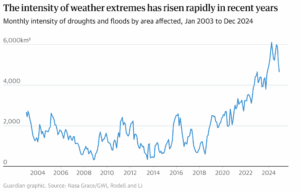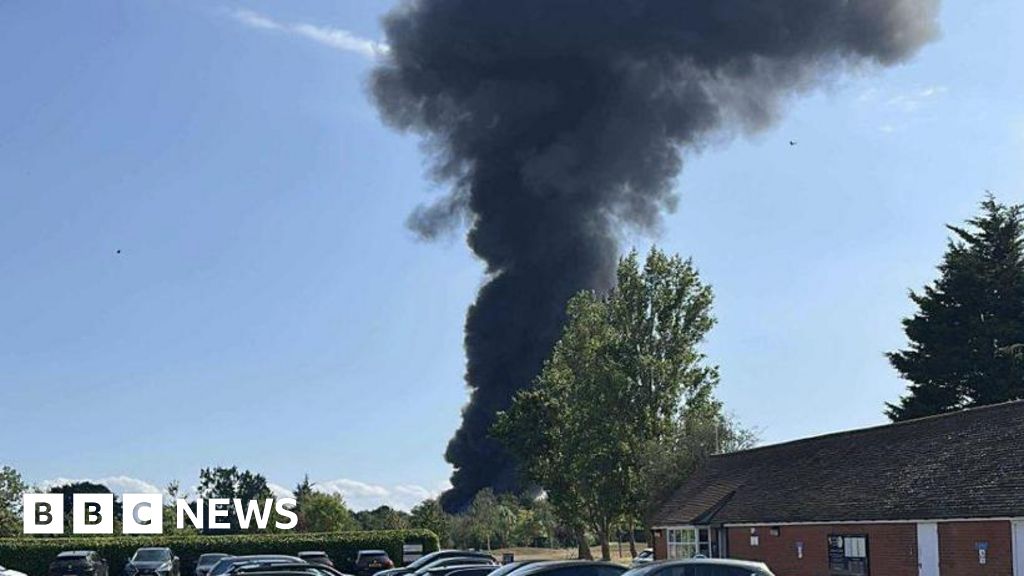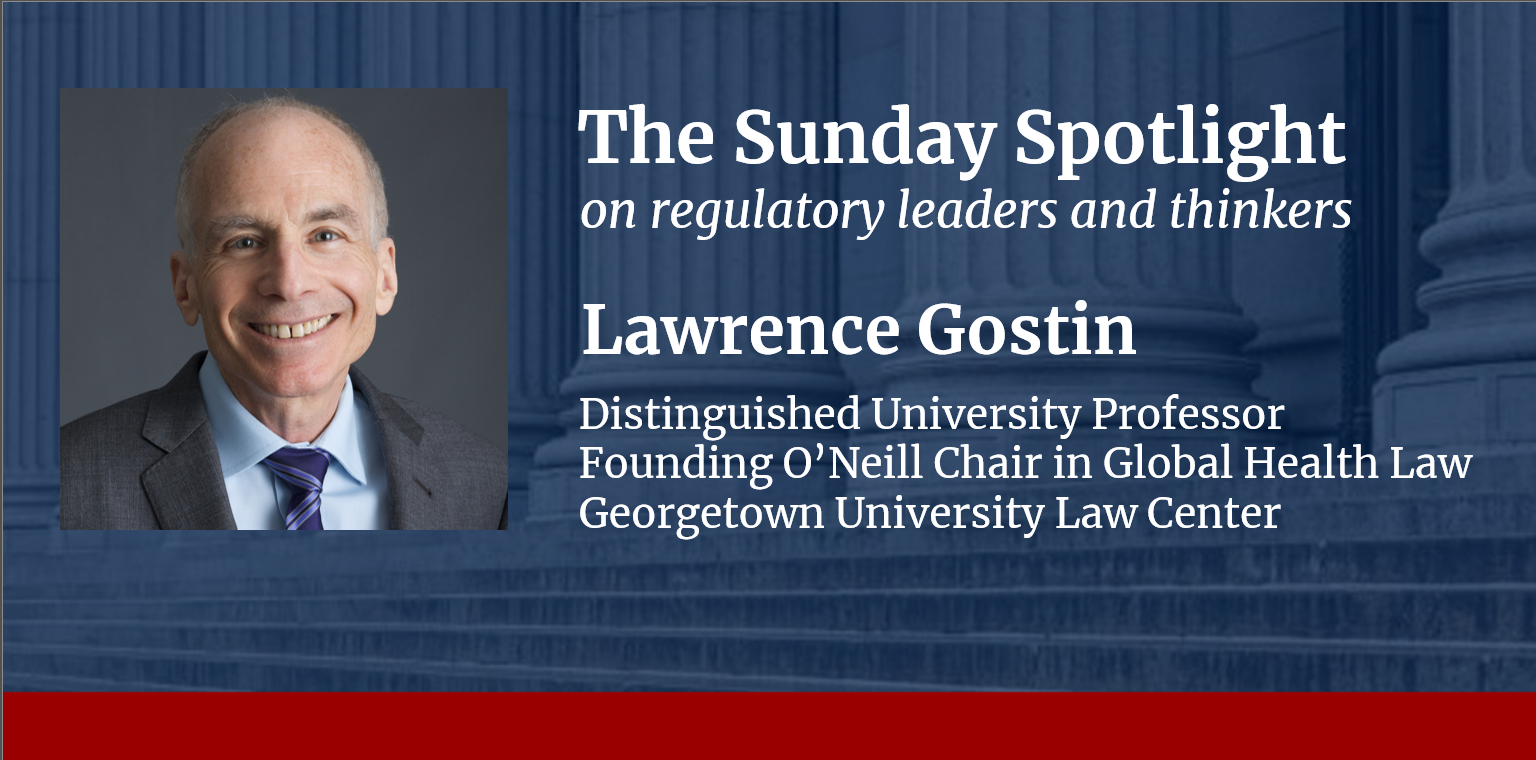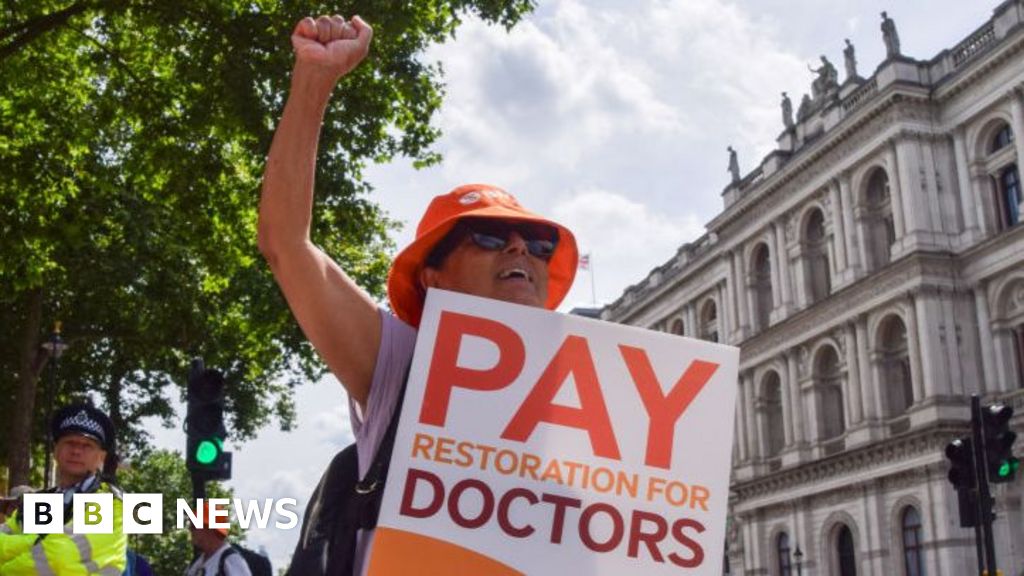When Will US Policymakers Face the Reality of Climate Change?
Published July 14, 2025
By Conor MacDonald, Financial Strategies Attorney, Charles Slidders, Manager and Senior Attorney, and Lindsey Jurca, Senior Communications Campaign Specialist, at the Center for International Environmental Law (CIEL)
More than 120 deaths have been reported, and at least 161 people remain missing after catastrophic floods tore through Central Texas on July 4. The death toll is expected to rise. As communities reel from the tragedy, the question remains: will anything change?
Over the last 12 months, hundreds of Americans have died in disasters made deadlier and more likely by climate change. Yet, the US government and many state and local leaders continue to deny and otherwise downplay the climate emergency. How many lives will be lost before our leaders confront reality?
A Year of Climate-Driven Catastrophes, With More To Come
The floods in Hill Country, Texas are only the most recent in a devastating string of climate disasters across the US in the last year alone.
In September 2024, Hurricane Helene killed more than 200 people in North Carolina and drenched the Southeast with 20 trillion gallons of rain — 50 percent more than would have fallen without climate change, according to experts.
This January, wildfires swept across Los Angeles, killing 30 people in what were some of the most destructive fires in the city’s history. Fueled by extreme heat, record winds, and historic drought — conditions exacerbated by climate change, the fires were a reminder of the human causes and consequences of global warming and the disasters it fuels. The smoke may lift, but the consequences will linger, reshaping lives and landscapes for years to come.
In March, a deadly tornado outbreak tore through much of the Midwest and South, killing 42 people. It was the largest tornado outbreak ever recorded for the month of March, again, made more likely by a warming climate.
Just two months later, in mid-May, a severe tornado outbreak struck the Midwestern and Southeastern United States, spawning 60 tornadoes and claiming 27 more lives.
Tornadoes emerge from powerful thunderstorms, and climate change is making these storms more frequent and more intense. As the atmosphere warms and holds more moisture, the conditions that fuel tornadoes — like those seen in March and May — are arriving earlier, occurring more often, and leaving behind more destruction.
Despite the relentless and deadly reminders of climate change, the US administration remains in denial. Just last week, they replaced hundreds of scientists and experts working on the federal government’s flagship climate impacts report with known climate skeptics.
The Texas Floods, The Cost of Climate Denial
Just a month before the floods, NASA released new research showing a sharp rise in the intensity, frequency, duration, and severity of extreme weather events —including floods — over the past five years. The Texas floods are another example of the devastating extreme weather events fueled by rising temperatures and human-caused climate change.
 Guardian graphicSource: Nasa Grace/GWI, Rodell and Li
Guardian graphicSource: Nasa Grace/GWI, Rodell and LiThe fatal Texas flooding began with torrential downpours that overwhelmed the Guadalupe River and its tributaries. In a matter of hours, more than 10 inches of rain fell, causing the river to rise nearly 29 feet in less than an hour. This kind of extreme rainfall has become far more likely in our warming world.
As Andrew Dessler, a climate scientist at Texas A&M University, put it, “Climate change is like steroids for the weather — it injects an extra dose of intensity into existing weather patterns.” Global temperatures have already risen 1.5℃, on average. Warmer air holds more water vapor, enabling bigger downpours and more intense rainfall. At least 1.8 trillion gallons of rain fell over the impacted area.
Arsum Pathak, Director of Adaptation and Coastal Resilience at the National Wildlife Federation, explained it simply: “The atmosphere is like a giant sponge. As the air gets warmer, which is what’s been happening because of climate change, the sponge can hold a lot more water. And then when there’s a storm, the same sponge can squeeze out way more water than it used to.”
In Texas, warmer temperatures mean storms like this one are now up to 7 percent wetter than during similar storms in the past. The region has experienced a 21 percent increase in total precipitation on the heaviest rainfall days since the 1950s. These are no longer theoretical risks; they are lived realities.
Playing the Blame Game
Many politicians and officials have been quick to blame the severity of the flooding on the federal administration’s weakened civil service and cuts to disaster response agencies. It is true that hollowing out of the National Oceanic and Atmospheric Administration (NOAA) and Federal Emergency Management Agency (FEMA) has left communities less prepared and protected. But we cannot lose sight of the bigger picture.
Don’t let the preparedness debate distract us from the real question: Why do we need this level of preparation in the first place?
Climate change.
In all the chatter about preparing for extreme weather, “climate change” has barely been uttered by federal, state, or local officials from either political party. Indeed, like challenges to preparedness, efforts to raise climate change as a contributing factor have been met with tired accusations of “politicizing a tragedy.” But as Nobel laureate Paul Krugman rightly argues:
“Now is exactly the time to put officials on the spot…if we don’t make an issue of how this happened…nothing will be learned and nothing will change.”
Texas Governor Abbot dismissed the idea of blame, calling it a word for “losers” before pivoting to football metaphors. But unless climate change becomes part of the game plan, Texans — and all Americans — will continue to lose.
It’s All About Climate Change
To ignore the fact that global warming amplified this flood is to invite the next storm — wetter, hotter, and deadlier. Every moment we stay silent about climate change, we sink deeper into a fossil-fueled future defined by disaster.
The Fossil Fuel Industry is Driving Disaster
The science is undeniable. Greenhouse gases are at their highest concentration in at least 800,000 years, and fossil fuels are their primary driver. 2024 was the warmest year on record, with the global average near-surface temperature 1.55°C above the pre-industrial average. The last decade was the warmest ever documented.
Who Pays?
The deadly floods in Texas will cause an estimated $18 billion to $22 billion in damage and economic loss. But it won’t be the fossil fuel companies footing the bill. It will be ordinary Texans‚ families already grieving lost loved ones and livelihoods.
The Insurance Industry Contributes to Climate Change, But Avoids Its Consequences
As the waters recede, many flood victims will discover they won’t be insured for the damage. Standard homeowners’ insurance doesn’t cover flooding. Separate flood insurance, often prohibitively expensive, isn’t always required, and only a fraction of Texans carry it.
Across the21 counties included in Governor Abbott’s disaster declaration, only 10 percent of homeowners carry federal flood insurance. In Kerr County, the worst-hit area where 95 people died, just 2 percent of homeowners hold federal flood insurance. In neighboring Kendall County, it is less than 5 percent.
Homeowners can purchase a separate flood insurance policy from a private insurance provider, but it is expensive, and the coverage is limited. It’s not yet clear how many Texas flood victims held separate private flood insurance as an add-on to their homeowners policy.
The residents facing the greatest climate-related vulnerabilities, including those living in RVs, mobile homes, or informal housing, face even greater risks. Several RV and mobile home parks in Central Texas were swept away by floodwaters, highlighting how those with the fewest resources are often forced to live in the most dangerous places.
And yet, the insurance industry — an industry that invests billions in fossil fuel companies and underwrites fossil fuel projects — continues to fuel the climate crisis while shielding itself from its financial impacts. Insurers raise premiums, limit coverage, or leave disaster-prone areas altogether, but they remain heavily invested in the fossil fuel economy that’s driving these disasters.
The Path Forward: Accountability and Action
The tragic loss of life in Texas was undoubtedly fueled by climate change — and climate change is driven by the fossil fuel industry. The fossil fuel industry must be held accountable for its contribution to the floods in Texas — and other fossil-fueled climate catastrophes.
Insurance companies must also be called to account. They cannot claim to be managing climate risk while actively financing and underwriting the industries that create it. State insurance regulators should require insurers to divest from fossil fuel companies and stop insuring fossil fuel projects. And responses to the climate-driven insurance crisis should prioritize the needs of residents on the front line of fossil-fueled climate disasters, not insurers’ bottom line.
Extreme weather events will continue to escalate until we confront their root cause. State and local leaders hold the keys to both prevention and recovery. It’s time for them to face reality and protect the people they serve.









 English (US) ·
English (US) ·